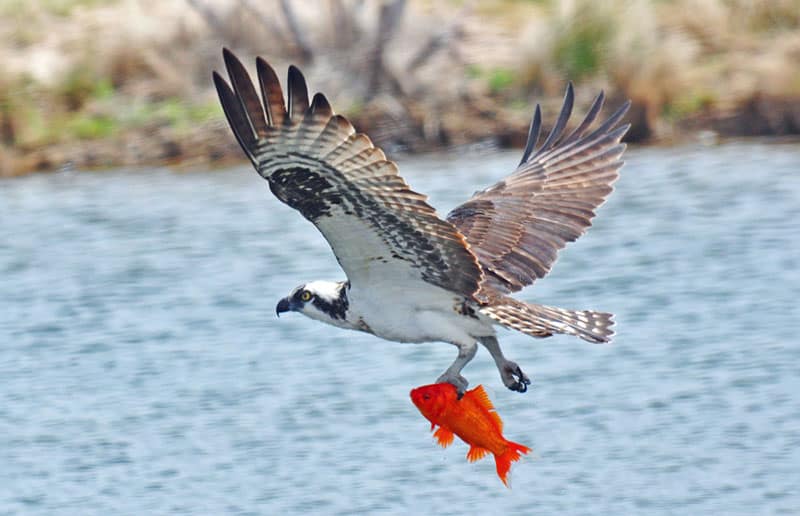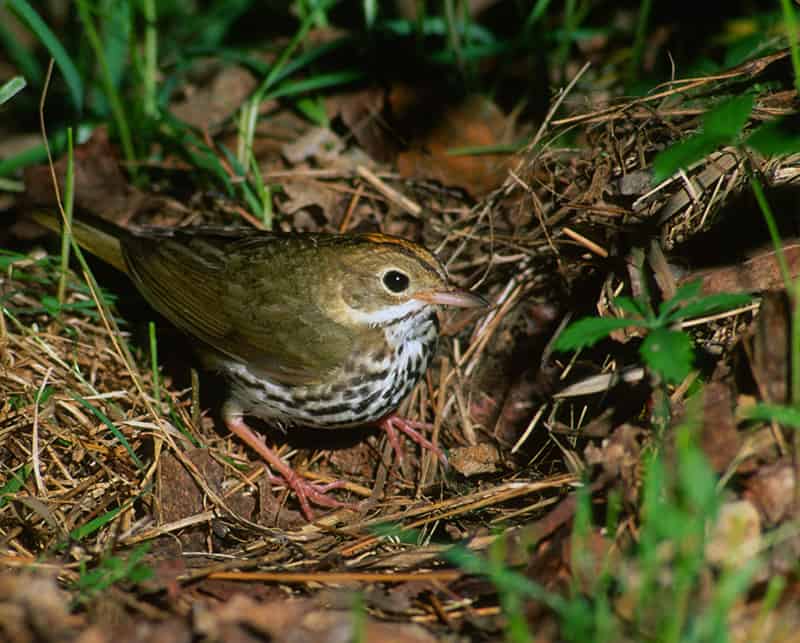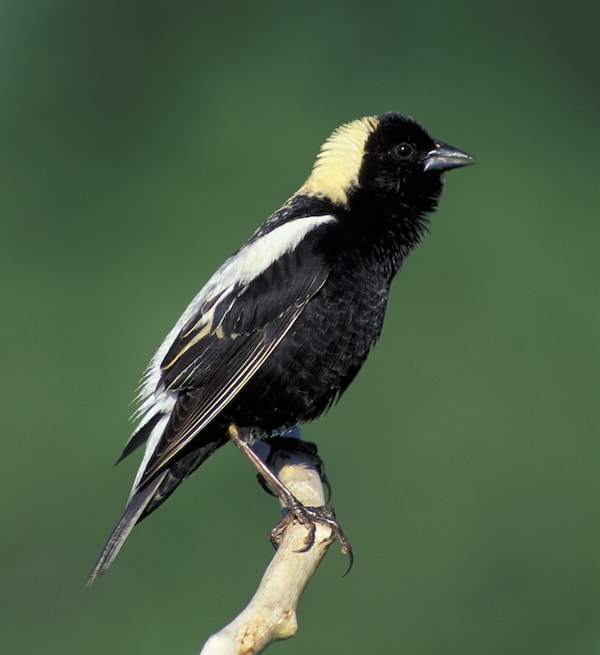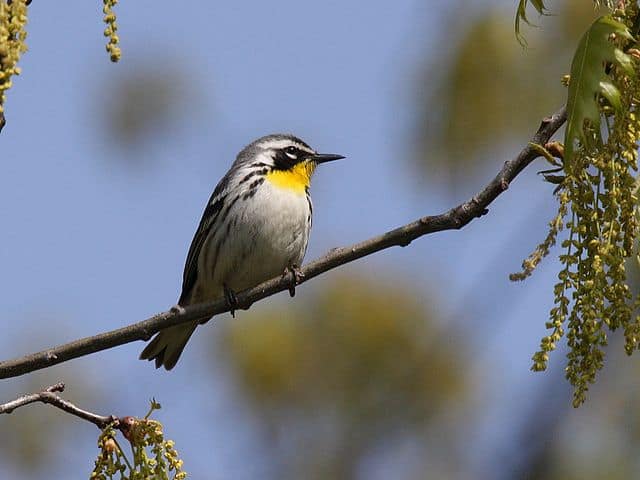Look for
Chocolate-brown above and pure white below, the osprey is armed with long, pale green legs and grappling-hook talons for seizing fish. Fierce yellow eyes are ringed in black, making the bird look as though it is wearing aviator’s goggles. A banded gray tail and ragged crest complete this gangly bird’s unusual look. Females have streaked upper breasts and are larger than males.
Listen for
When disturbed, ospreys give a series of high, piercing, chicklike peeps and thin screams. Ospreys are very vocal, giving a loud, clear, high-pitched whistle—tyou-tyou-tyou-tyou—that sounds like they are giggling.
Find it
The bold chocolate and white “fish hawk,” so familiar to boaters and fishermen, is happy to exploit artificial nesting platforms, from power poles to those built specifically for it. Though osprey populations declined by 90 percent from the 1950s to the 1970s (poisoned by persistent organochlorides), they have made a heartening rebound in recent decades.
One of the most widespread species, the osprey inhabits rivers, lakes, and coastlines throughout much of the United States. It is still reclaiming territory in the interior United States, helped by osprey reintroduction programs. Lacking body down, ospreys must migrate to stay warm and to find sufficient food in unfrozen waters, traveling down both coasts of Mexico and Central America.
Feed it
The only North American raptor to feed exclusively on fish, the osprey soars and hovers over shallow, clear waters of estuaries, marshes, lakes, and rivers, searching for fish. Spotting prey, it folds its wings and plunges, feet first, often completely beneath the surface. Unique cylindrical, recurved talons and horny spikes on the soles of its feet hold the fish securely until the osprey reaches a “carving block,” usually a dead snag, where it can eat. Fish are always carried with the head facing into the wind, and are sometimes eaten as a snack on migration, far from water.
Nesting Behavior
The huge stick nests ospreys build are a familiar site on channel markers, dead trees, and artificial nesting platforms along coasts. Nesting pairs add sticks yearly until the nests assume enormous proportions. In the soft, grass-lined center the female lays two to three eggs, which she and her mate incubate for around 37 days. The male provides all the female’s food during this time. Chicks stay in the nest for about 55 days, taking short flights, and are fed on or near the nest for around two weeks after first attaining flight.
WOW!
Bald Eagles often let the Osprey do the hard work of catching a fish; then they’ll chase after the Osprey to steal its food— not very nice behavior from our national symbol.
Listen to an Osprey:





What are the birds that are on the nesting platform at one end of the Penobscot Narrows Bridge/Observatory? I took some photos of them this summer but can’t find any mention of this nest , that someone obviously deliberately built for this purpose.
Thanks.
https://www.flickr.com/photos/glass_house/28579283661/in/photostream
Hi Dave, These are ospreys—looks like an adult and a young one nearly ready to fledge. Lots of communities (and utility companies) near water provide a framework on top of poles for ospreys to nest. This was a species in trouble a few decades ago, as you can read above. Now, the population is rebounding, and those who have provided great nesting sites deserve some credit. Dawn Hewitt, Bird Watcher’s Digest